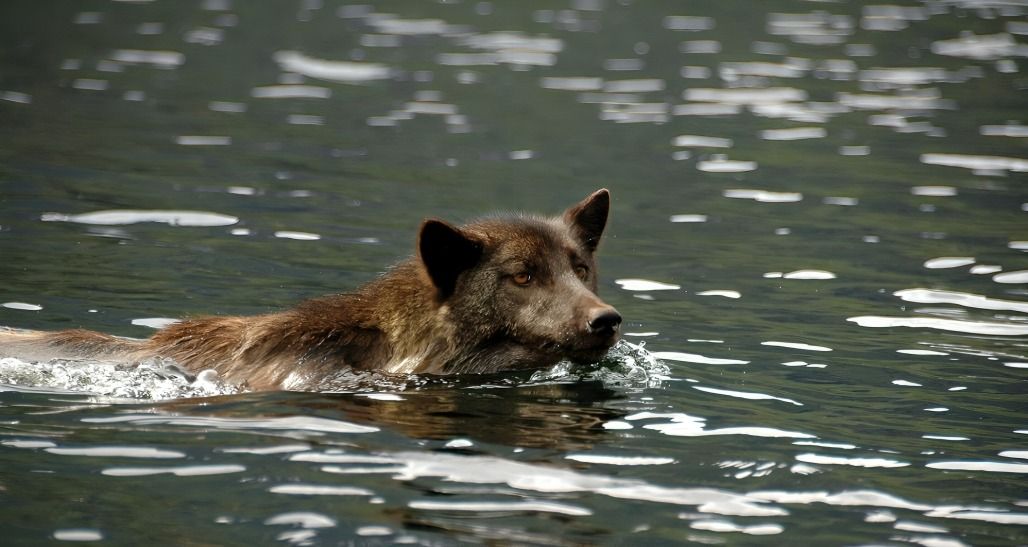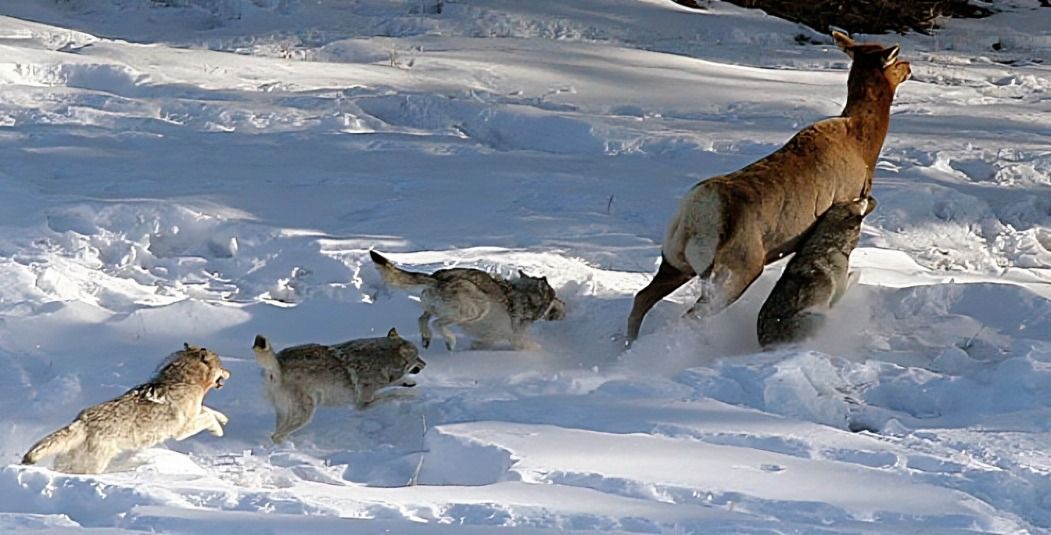
“
Join us as we delve into 20 intriguing facts about Grey wolves, uncovering their behaviors, adaptations, and the importance of their conservation. Grey wolves, also known as timber wolves, have captivated the human imagination for centuries with their intelligence, social complexity, and crucial role in ecosystems. From their social dynamics within packs to their unique hunting strategies, each fact reveals a new facet of these remarkable animals.1
1
”
Grey wolves, also known as timber wolves, are the largest wild members of the dog family. They exhibit complex social behavior, living in packs that can range from 2 to 36 members, depending on prey availability and other factors. 1
They play a crucial role in ecosystems by controlling prey populations and influencing the behavior of other species. Their hunting prowess focuses primarily on large ungulates like deer, elk and caribou, contributing to the balance of their habitats.2
The gestation period for female wolves lasts about 63 days, and litters typically consist of 4 to 6 pups. Pups are born blind and deaf, relying on their mother and pack members for care and protection. 3
Wolves have a keen sense of smell, hearing, and vision, which aids them in hunting. Their keen senses also contribute to their ability to communicate over long distances through howling, marking territory and coordinating hunts. 4
Grey wolves exhibit a diverse range of fur colors, including gray, black, white, or a mix of these shades, depending on their geographical location and subspecies. 5
Wolves are known for their intelligence and problem-solving abilities, which are essential for their cooperative hunting strategies. They work together as a pack to chase, surround, and exhaust prey animals, showcasing their coordination.6
Grey wolves typically live for 6 to 8 years in the wild, with some individuals surviving up to 13 years under optimal conditions. In captivity, they can live over 15 years with proper care.7
The gray wolf, once the most widely distributed mammal, now has a range reduced by one-third. They are often killed in retaliation for livestock attacks or due to fears of potential threats to humans, impacting their population significantly.8
Gray wolves typically consume 20 to 30 pounds of meat per meal but can go up to 14 days between meals without adverse effects. Their ability to endure long periods without food highlights their adaptability and resilience.9

Wolves are skilled swimmers and can cross rivers and lakes to pursue prey or find new territory. Their adaptability to aquatic environments allows them to exploit different habitats and expand their range as needed.
Wolves have a complex social hierarchy within their packs, with dominant alpha males and females leading and making decisions. This hierarchy helps maintain order and coordination during hunting and other pack activities.10
Wolves are known for their endurance and can travel long distances in search of food or new territory. Their ability to cover vast areas contributes to their survival in diverse habitats and ensures they can adapt to changing environmental conditions.11
Wolves have a strong sense of loyalty to their pack members and will defend them from threats, showing a deep social bond within their family groups. This loyalty extends to cooperative hunting, raising pups, and defending territory.12
Wolves typically travel at speeds of about 5 miles (8 kilometers) per hour but can reach up to 40 miles (64 kilometers) per hour in short bursts. This speed helps them cover large territories and pursue prey effectively.13
The gray wolf's tale is a compelling story of American wildlife. Once widespread, it was nearly eradicated through hunting. Thanks to conservation efforts, the gray wolf is now making a notable comeback in its former habitats.14

Wolves employ sophisticated hunting tactics, often working together to chase and bring down prey. They can adapt their strategies based on the type of prey and terrain, demonstrating high levels of cooperation and intelligence.
Wolves are carnivores that primarily hunt large hoofed mammals like deer, elk, bison, and moose. They also prey on smaller animals such as beavers, rodents, and hares. An adult wolf can consume up to 20 pounds of meat in one meal.15
Wolves are highly adaptable animals that can thrive in a variety of habitats, from forests to deserts to tundra. This adaptability allows them to exploit different food sources and survive in environments with varying levels of human disturbance.16
Wolves have a symbiotic relationship with ravens and other scavengers, as these birds often follow wolf packs to feed on their kills. This relationship benefits both species, with ravens helping to clean up carcasses left by wolves.17
Wolves have a sophisticated vocalization system that includes howls, growls, barks, whines, and yips. These vocalizations serve various purposes, from communication within the pack to marking territory and coordinating hunts.18


